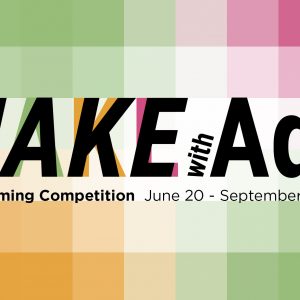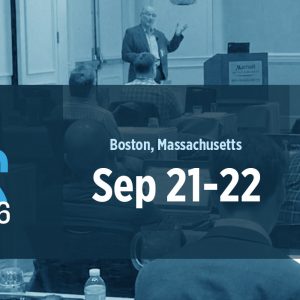SPARK, Beyond Normal Termination
When teaching SPARK to my students, I generally explain the central position of contracts in formal verification in the following way: Contracts of subprograms summarize their behavior - preconditions constrain their inputs, while postconditions describe their effects. It is an easy way to see contracts, However, not returning normally, for example looping forever or raising exceptions, is definitely a significant effect of a subprogram. Modeling that effect would be beneficial because if it occurs in an unexpected way it might cause the entire program to derail. Release 24.0 of SPARK includes contracts that can be used to reason about subprograms which do not return normally. This blog post describes them.

